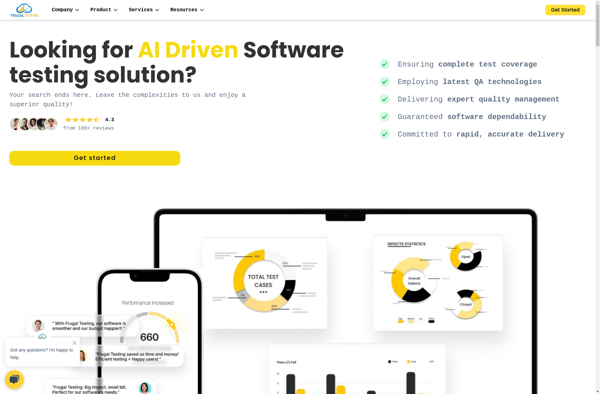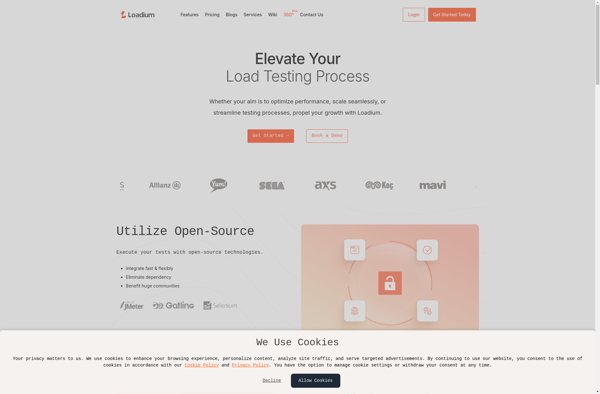Description: FrugalTesting is an open-source test automation tool for web and mobile testing. It provides support for cross-browser testing, integration with CI/CD pipelines, and creation of reusable test components. Key features include record and playback, visual regression testing, performance monitoring, and more.
Type: Open Source Test Automation Framework
Founded: 2011
Primary Use: Mobile app testing automation
Supported Platforms: iOS, Android, Windows
Description: Loadium is an open-source load and performance testing tool for web applications. It allows users to simulate large numbers of concurrent virtual users to test the load capacity and performance of web apps under normal and peak traffic conditions.
Type: Cloud-based Test Automation Platform
Founded: 2015
Primary Use: Web, mobile, and API testing
Supported Platforms: Web, iOS, Android, API

